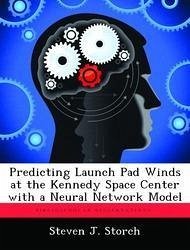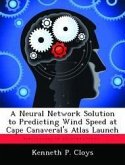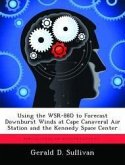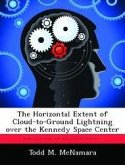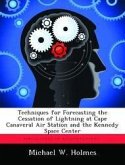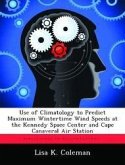This thesis uses neural networks to forecast winds at the Kennedy Space Center and the Cape Canaveral Air Station launch pads. Variables are developed from WINDS tower observations, surface and buoy observations, and an upper-air sounding. From these variables, a smaller set of predictive inputs is chosen using a signal-to-noise variable screening method. A neural network is then trained to forecast launch pad winds from the inputs. The network forecasts are compared to persistence, and peak wind predictions are found skillful compared to persistence. An ensemble modeling technique using Toth's and Kalnay's breeding of growing modes method is explored with neural networks. The inputs are perturbed an amount representative of measurement error. Ensemble member forecasts are found to diverge, but the ensemble spread does not often encompass the resulting weather. This is due to a disproportionate amount of error originating from the model compared to error originating from measurements.
Hinweis: Dieser Artikel kann nur an eine deutsche Lieferadresse ausgeliefert werden.
Hinweis: Dieser Artikel kann nur an eine deutsche Lieferadresse ausgeliefert werden.

